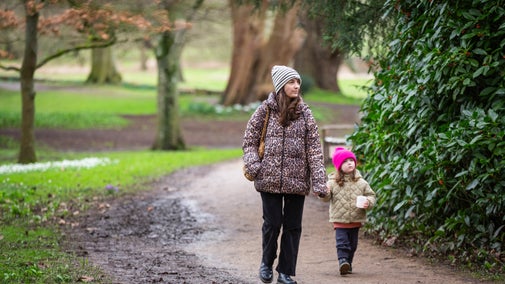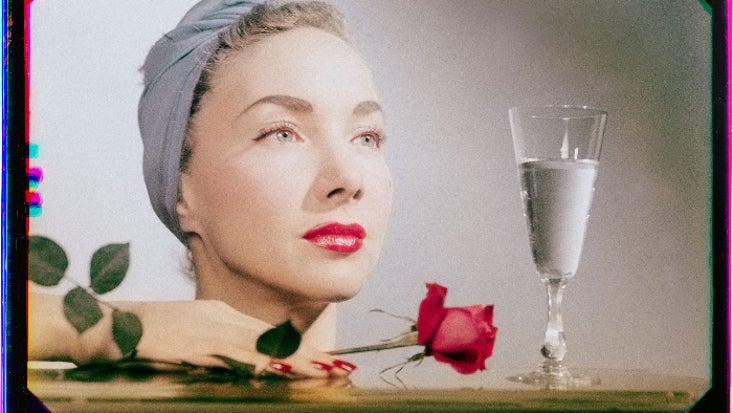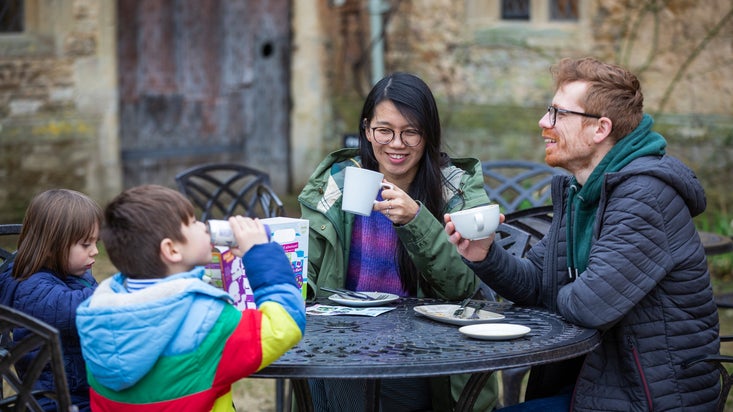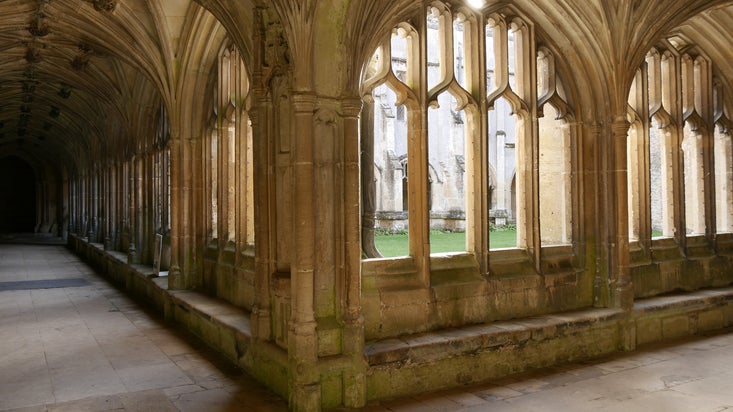
Become a member
Join today and help protect nature, beauty and history – for everyone, for ever. Enjoy access to more than 500 places with National Trust membership.
Country house with monastic roots, once home to William Henry Fox Talbot, inventor of the photographic negative
Lacock, near Chippenham, Wiltshire, SN15 2LG

| Asset | Opening time |
|---|---|
| Abbey grounds | 10:00 - 16:00 |
| Car park | 10:00 - 4pm/dusk if earlier |
| Abbey rooms | Closed |
| Abbey cloisters | 10:15 - 15:45 |
| Fox Talbot Museum | 10:00 - 16:00 |
| Courtyard tea-room | Closed |
| Stables café | 10:00 - 16:00 |
| Shop | 10:00 - 16:00 |
| Second-hand bookshop | 10:00 - 15:30 |
The second hand bookshop is located within the historic courtyard.
The Stables Cafe in the village sells light lunches, snacks, hot drinks and cakes and is open weekdays and weekends.
Follow the signs to the Hither Way car park less than 400 metres from Visitor Reception.
Dogs on short leads are welcome in the garden all year round.
Electric vehicle charging available in the Hither Way Car Park.
Plants, pots and decorative garden ware can be found by Visitor Reception on entrance to the abbey.
The National Trust gift shop can be found in a beautiful listed building on Lacock's picturesque High Street, selling gifts and souvenirs as well as a range of local artisan products. Find a range of photography books and souvenirs in The Fox Talbot Museum.
The tea-room in the courtyard sells light snacks, hot drinks and cakes. Please check opening times before travelling.
There are toilets located within the courtyard in the abbey grounds, and by the Stables Cafe in the village.
Blue Badge parking is available in the Hither Way car park. There is an accessible toilet in the courtyard and a RADAR accessible toilet in the village. Access to the Abbey includes steps and uneven floors.
Plan your car-free visit with Good Journey and enjoy a free regular size hot drink when you show your bus ticket.
Dogs are welcome at Lacock Abbey. Discover where you can go with your dog, what facilities are available for them and how to get the most from your visit.

Find out what you need to know about bringing a group to Lacock, from planning a school visit to coach parking and more.


A country house with monastic roots and original medieval cloister, once home to William Henry Fox Talbot, photographic pioneer.
The garden at Lacock combines meandering paths through woodland and parkland with a historic Rose Garden, orchard and William Henry Fox Talbot's Botanic Garden.
The Fox Talbot Museum explores the history of photography, and Lacock's role within it, and hosts changing photography exhibitions.
A quintessential English village little changed in 200 years with streets lined with timber-framed houses and independent shops.
Inside and outside seating, serving drinks, light lunches and takeaway snacks and ice cream.
Lacock's National Trust High Street Shop sells a range of beautiful gifts, including home and garden ware, food and drink as well as locally produced artisan products.
A 14th-century tithe barn in Lacock village.
Nestled in a former potato store room next door to the Tudor bakehouse and brewhouse, pick up your next favourite read from the second-hand bookshop in the Courtyard.
Learn about the history of photography at the Fox Talbot Museum, with a collection spanning photographic developments up to the present day.

Lacock Abbey's peaceful garden is a place to relax. Discover the Botanic Garden, greenhouse, orchard and woodland along with the sounds of nature at this green natural setting.

Explore the historic streets of Lacock, a quintessential English village with timber-framed cottages and local shops. With its central grid of four streets, Lacock today looks much as it did 200 years ago.

Seasonal blooms, activity trails, medieval architecture and photographic discovery: have a fun-filled adventure at Lacock Abbey. Watch the gardens change with the seasons and autumn colour come to life in the Woodland, and discover the nature and enjoy crafts and trail activities in October half term. Explore the abbey rooms and discover the window with a unique link to the invention of photography, find out more in the Fox Talbot Museum and feel inspired by the latest exhibition.

May 2025 brings an exhibition of previously unseen works by Magnum photographer Werner Bischof to Lacock’s Fox Talbot Museum, in collaboration with Magnum Photos. An early adopter of colour photography through his use of the Devin Tri-Color camera, Unseen Colour brings the photojournalist’s re-discovered colour work to UK audiences for the first time.

This easy walk takes you around the beautiful medieval village of Lacock, with quaint cottages, a ford for little toes to splash in and views of English countryside along the way.

Let us guide you through Lacock village and over the remains of a long forgotten water garden. Witness some impressive views of the Abbey, not seen from within the Abbey grounds.

Discover the medieval village of Lacock, Wiltshire on this manageable circular stroll, which passes charming cottages, crosses a ford, and heads along the so-called Lovers Walk.

The Stables café and Courtyard Tea-rooms are ready to welcome you for refreshments, while the High Street Shop stocks a wide range of gifts and souvenirs.


In the centre of Lacock village, this 15th-century cottage is packed full of charm and makes a cosy base for exploring Lacock Abbey and the countryside nearby.

A simple cottage for two, in the heart of Avebury’s prehistoric ramparts and stone circles.
In collaboration with Magnum Photos, discover works of previously unseen colour by World War 2 photojournalist and Magnum photographer, Werner Bischof.
The Abbey, located at the heart of the village within its own woodland grounds, is a country house of various architectural styles, built upon the foundations of a former nunnery. Visitors can experience the atmosphere of the medieval rooms and cloister court, giving a sense of the Abbey's monastic past.
The museum celebrates the achievements of former Lacock resident, William Henry Fox Talbot, famous for his contributions to the invention of photography.
In its 800 years of history, Lacock has been an Augustinian abbey, a Tudor family home, a birthplace of photography, and a film and TV location.

Three prized items in the collection at Lacock have been included in a special National Trust publication. Discover why they are so unique and where you can find them.

Discover some of the behind-the-scenes work carried out at Lacock Abbey, including how the high ceilings are dusted and how the Victorian clock is kept ticking.

Discover why the Abbey’s medieval Cloisters and the village’s timber-framed houses have made the perfect location for many TV and film productions.

Search for live volunteering opportunities, or register your interest with Lacock.


Join today and help protect nature, beauty and history – for everyone, for ever. Enjoy access to more than 500 places with National Trust membership.
By sharing your email address you’re agreeing to receive marketing emails from the National Trust and confirm you’re 18 years old or over. Please see our for more information on how we look after your personal data.